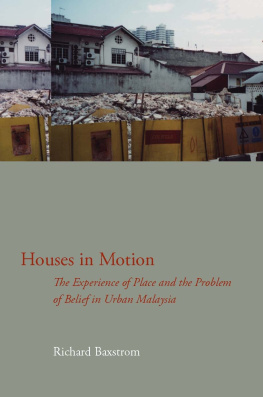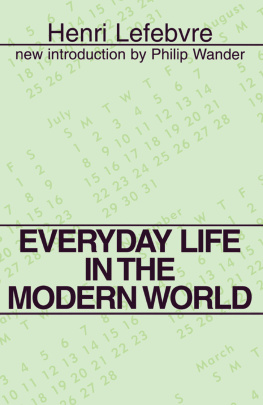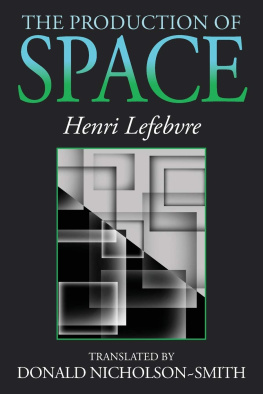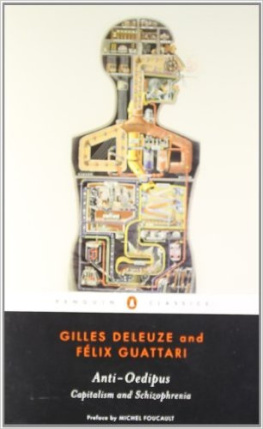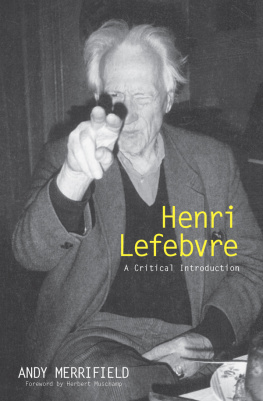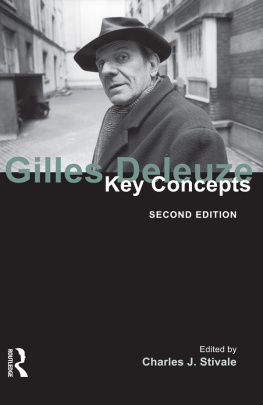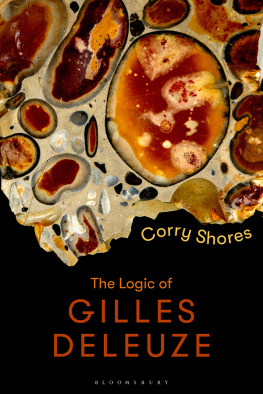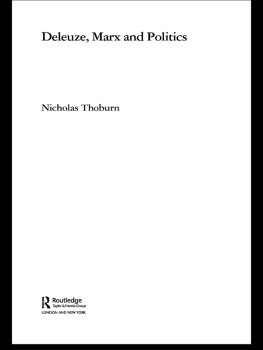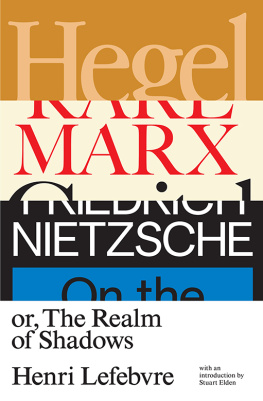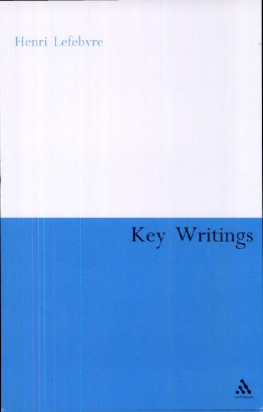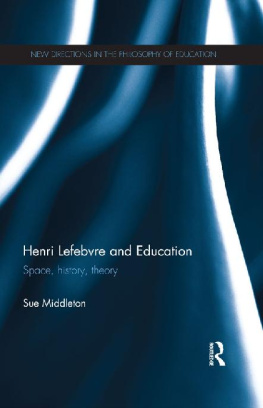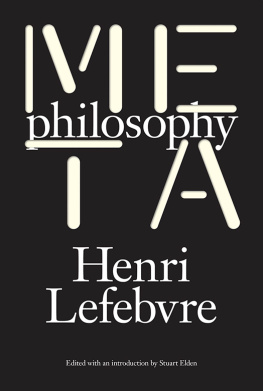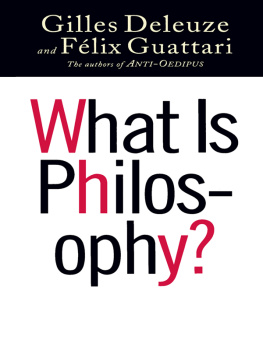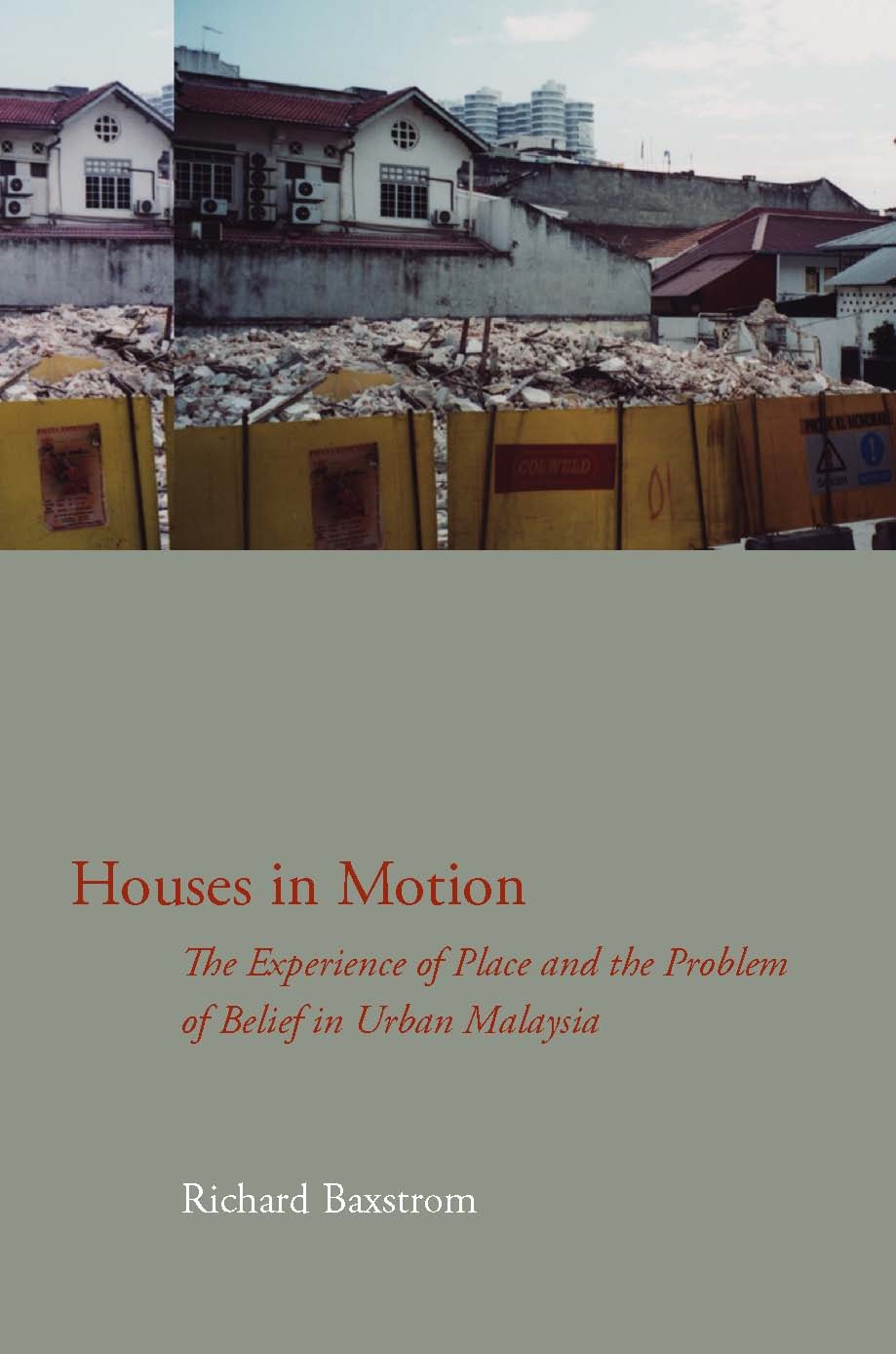Acknowledgments
Without the generosity and openness of the residents of Brickfields, Kuala Lumpur, the sustained, rigorous intellectual engagements of my mentors and colleagues, and the love and support of friends and family, this project would not have been possible. Above all I wish to thank Veena Das who, through her tireless engagement and distinctive commitment to the work of anthropology, has made a singularly decisive contribution to this study. Without Veenas exceptional combination of care and critique, I could not have brought this project to fruition. As this book is a revised version of my doctoral dissertation, I would also like to thank the other members of my dissertation committeePaola Marrati, Michael Peletz, Deborah Poole, and Hent de Vriesfor their wisdom, dedication, and friendship. In addition, I wish to thank Hent and Mieke Bal for their continued support of this work as the editors of the Cultural Memory in the Present series, and I would also like to express a particular debt of gratitude to Norris Pope, Emily-Jane Cohen, and the staff and readers at Stanford University Press for their time and effort in bringing this book to press.
The Wenner-Gren Foundation provided financial support for field research in Kuala Lumpur through its Individual Research Grant program. Additional financial support in connection with this project was provided by the Program in Southeast Asian Studies, Cornell University (Foreign Language and Area Studies [FLAS] grant for participation in the Full Year Asian Language Concentration and Composition [FALCON] program), the Department of Anthropology, Johns Hopkins University, and the Office of the Dean, Zanvyl Krieger School of Arts and Sciences, Johns Hopkins University.
Special thanks to the best friends a person could ever have: Todd Meyers, Brenda Peterson, Stefanos Geroulanos, and Rania Ajami. I look forward to many more years of creative mischief.
The uniquely active and open intellectual community that I have been a part of in the Department of Anthropology at Johns Hopkins University has played a decisive role in the writing of this book. In particular I would like to express my appreciation to my partners in our longrunning reading group, Aaron Goodfellow and Naveeda Khan, for their inexhaustible insights, enthusiasm, and camaraderie. Additionally, I wish to thank Hussein Agrama, Jane Guyer, Sidharthan Maunaguru, Sameena Mulla, Ross Parsons, Sylvain Perdigon, Valeria Procupez, Pamela Reynolds, Isaias Rojas-Perez, Don Selby, Bhrigupati Singh, and James Williams for their friendship and encouragement during our time together in the Department. Talal Asad, Steve Caton, William Roseberry, James Siegel, and John Wolff provided invaluable support and critique during the initial stages of this project, and I thank them for their early belief in my work. Through the years many others have been equally important to this research and in my life generally, particularly Matthew Amster, Valerie De Cruz, Jim Hoesterey, Laura Kaehler, Erin Koch, Peter Quinn, Gillian Stewart-Quinn, Barney Rosset, Lisa Todzia, and Andrew Willford. I would also like to thank the undergraduate students I had the good fortune to teach during my time at Johns Hopkins, since their questions, comments, and engagements always helped me to rethink things that I thought I already knew.
Although I cannot mention most of them by name for reasons of confidentiality, I wish to express my gratitude to the many people I worked with in Brickfields and in Kuala Lumpur. Without these friends and neighbors, this project would never have seen the light of day. Many scholars, professionals, and activists in Malaysia also contributed greatly to this project. In particular, I would like to thank Raymond Lee Lai-Ming, Sumit Mandal, M.G.G. Pillai, A.B. Shamsul, Nani Kahar, Peter Kiernan, S. Nagarajan, Yeoh Seng Guan, and Kala Kovan for their invaluable assistance during the period that I conducted field research in Kuala Lumpur. I also wish to acknowledge the support of several institutions in Malaysia that assisted in the completion of this project, including Arkib Negara Malaysia, Bernama (National News Agency of Malaysia), the Department of Anthropology and Sociology and the Asia-Europe Institute at the University of Malaya, Institut Kajian Malaysia dan Antarabangsa of the Universiti Kebangsaan Malaysia, and the Economic Planning Unit of the Office of the Prime Minister of Malaysia.
Many thanks to my family for the warmth and affection they have shown me all of these years. In particular, I am grateful to my mother, Elizabeth McCabe, and also Dorothy Humbracht, Barbara Humbracht, William Matlock and Marget Johnson, Gary Matlock and Jan Thompson, and the Hada clan (Masaru, Osamu, and Susumu).
To Gerald Humbracht, Kenneth Baxstrom, Kiyoko Hada: nothing is more painful than the fact that you three did not make it to see this project to its end. You are missed ...
Finally, I would like to express my deep gratitude to Mamiko Hada and to dedicate this work to her. This project would not have happened without her love, companionship, intelligence, and humor, and I am truly indebted to her for helping me create a life worth living.
Conclusion
Between 2000 and 2002 the state and local communities struggled in urban Kuala Lumpur over the right to imagine and enact ideals of public space in the city. More specifically, this struggle was waged over the right to the city itself. Therefore, this book began with questions regarding the ideals of space and public life as articulated by the Malaysian state and by local communities in Brickfields, and the possibilities of believing that such spaces were domains in which one could act to create an ethical life in relation to neighbors, family, the state, and the Divine. In this specific case, ideals regarding the manner in which one can live ethically framed how this struggle unfolded, guiding the desire to create spaces of justice and order that conformed to the ideal visions articulated within completing claims for the right to the city.
Understanding the city within the framework of these ideals generated the concrete experiences of area residents and the practices of both the local Brickfields communities and the state. Examples of these concrete aspects of everyday life are the empirical basis of this work. Understood in relation to a concept of rights rooted in experience and belief as well as with authoritative institutions such as the state or the law, the presented ethnographic information requires us to rethink the possibilities regarding what constitutes struggle over law and justice and where these struggles unfold. The engagements over the right to the city in Brickfields largely did not take place within the formal domains of the state, the law, or the political. I argued that, despite this fact, the engagements among communities in Brickfields and between these communities and institutions of the state and its proxies were a struggle over the law, forms of justice in everyday life, and the possibilities for action within this complex social terrain.
Lefebvres notion of the right to the city locates this struggle primarily within everyday urban spaces rather than in the overt workings of institutions. According to Lefebvre (2003), the right to the city implies the right to inhabit city spaces. Throughout this work I have understood this to mean not only that individuals have the right to enter and circulate in particular spaces but also that these spaces must be experienced as open and stable within the larger geography of the city. This sought-after experience of stability does not exclude change, but does imply that the pace and trajectory of change must be anticipatable and that the process is to some degree open to input and action from the community. In this sense the right to the city is established through the possibilities that arise through the habits of individual urban dwellers in relation to space. During the time of extensive transformation that took place in Brickfields, however, it was often not possible to bring forth action rooted in these possibilities, due to the manner in which change was generated from above by the state and its proxies such as property developers. This lack made living in Brickfields an uncertain, ambiguous experience for residents during the time that I conducted fieldwork there. As I have demonstrated in this ethnography, attempts by individuals in Brickfields to engage these events were seldom explicitly articulated as a matter of rights guaranteed by law. The right to the city that Lefebvre defines allows us to better understand how attempts to assert understandings of local justice in Brickfields would often unfold outside of the formal institutional structures of the courts or the state.

